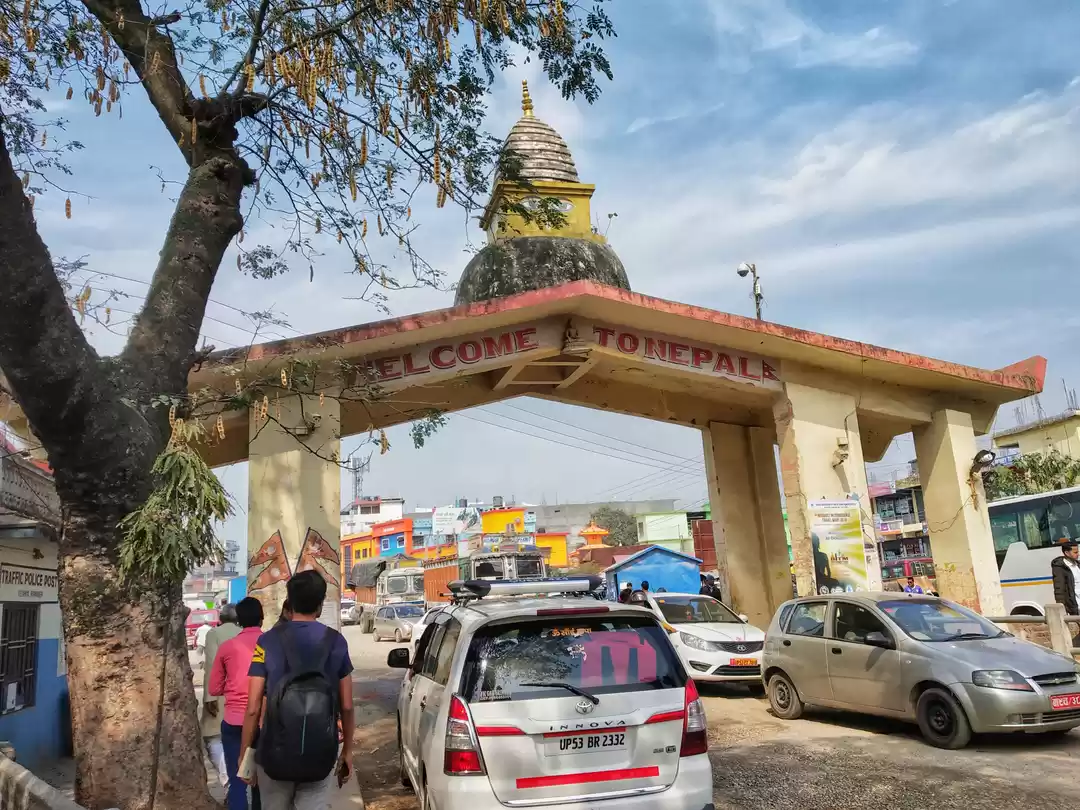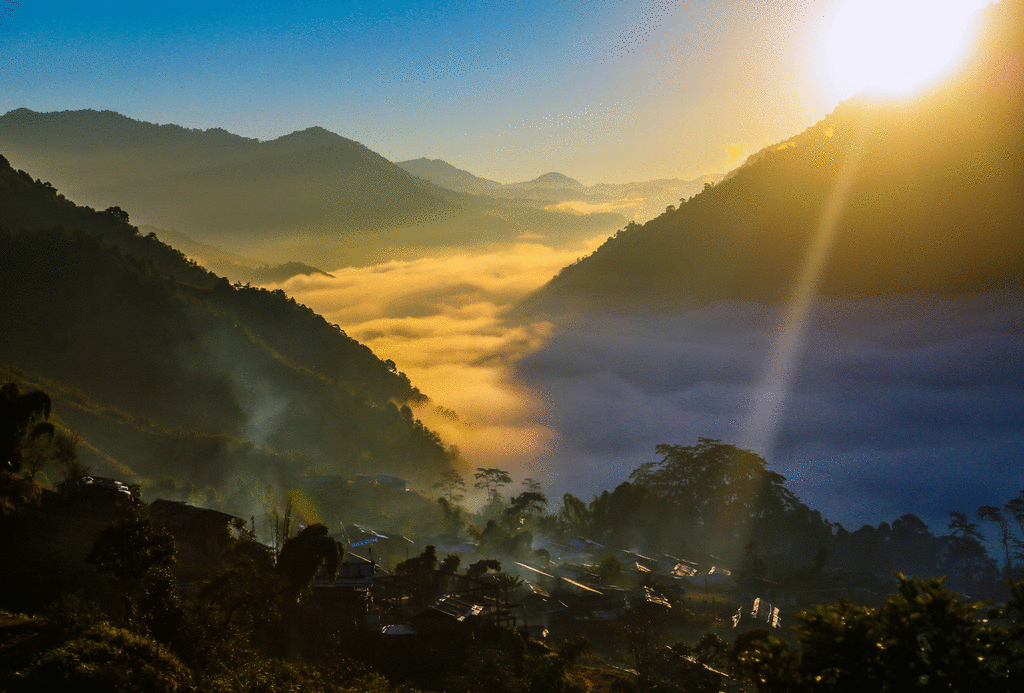
There's a very famous saying in Marathi, दुरून डोंगर साजरे (Durun Dongar Sajre), which literally means, "Mountains are beautiful from afar, but in reality, they can be deceiving".

Most of us don't believe in these statements because we love being in the mountains. Don't we? But I am sure you guys know that mountains can be very notorious. They are nature's way to remind us of our limitations and lack of knowledge.
From life-threatening treks to brain damaging substances, you will find everything up there. And maybe that's why mountains are so difficult to conquer!
But after all, humans are curious and will go till any extend to 'know it all'. And in a similar fashion, a curious human being named Igor Kriptov has found out about honeybees that are responsible for producing hallucinating honey.

Oh yes! The household & traditional nectar which your mother forced you to eat is back in a different avatar altogether. And Nepal is the only place where you will find it!
Where to find it?
Found in the Himalayan hermit of Talo Chipla (located at a two days journey from Kathmandu, at the foothills of Annapurna mountain), this hallucinating nectar is carried by the world's largest honeybees - Apis Dorsata Laboriosa.
To experience the 'highs' of this honey apart from medicinal benefits, the Gurungs (locals of Talo Chipla) have to go through a deathly ordeal to extract the honeycombs.
But guess what? They do it for the pride of their tradition and ancestors.
The Gurungs, often climb up the cliffs to extract this special honey, while keeping their lives in limbo. They do have an employment opportunity in a hydroelectric dam but this tradition keeps them connected to their past in the most adventurous way.
So what is the science behind this hallucinating honey?
Rhododendron is Nepal's national flower and its pollens are picked by the honeybees. These pollens contain Grayanotoxin, a group of neurotoxins responsible for the hallucinating effects.
Now the chemical gets infused with the honey, thus creating drug-like qualities.
While the locals use it to soothe joint ailments, there's a huge market in Japan, China, South Korea, and North Korea, to cure erectile dysfunction.

What are the after-effects?
The Himalayan honey is darker and thicker as compared to the field honey which we use on a regular basis. Upon consuming this hallucinating honey (2 teaspoons only), you will experience the same high like that of the weed.
In the case of excess consumption, the hallucinating effect will be prolonged for a day accompanied by excessive vomiting and diarrhoea.
The usage of this honey, according to Igor Kroptov, can be traced back to Greek soldiers using them for intoxication while travelling near the Black Sea.
Igor Kroptov's adventurous stint in Nepal has opened many possibilities. I am sure that there are a lot of things hidden deep somewhere on this planet, that have some mysterious stories behind them waiting to startle us.
Have you come across any shocking or interesting discovery? If yes, then do share it with us here!
































